IC-705 has just been unveiled by Icom at the Tokyo Ham Fair. This is a portable HF/VHF/UHF transceiver featuring SDR technology, internal battery, GPS, Bluetooth and D-STAR. Output power is 10W on external 13.8V supply or 5W on internal battery.
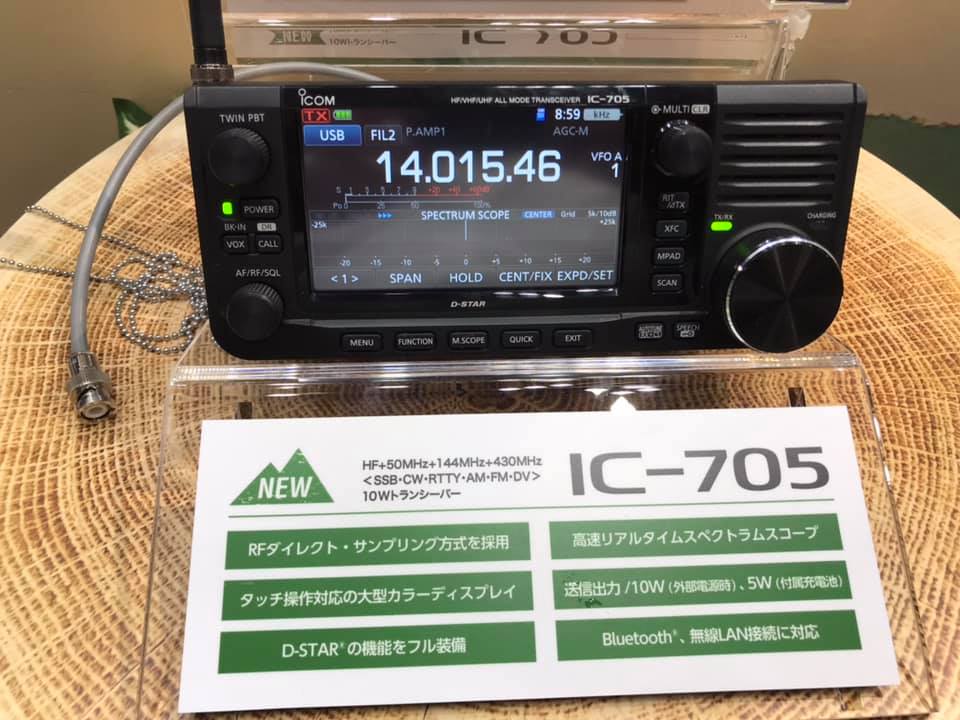
The Icom IC-705 uses the same 4.3″ color touchscreen display used in the Icom IC-7300 and IC-9700, which is a major step forward compared to any other portable HF radio. The total weight is around 1kg (excluding battery & mic) and physical dimensions are 200x80x85mm.
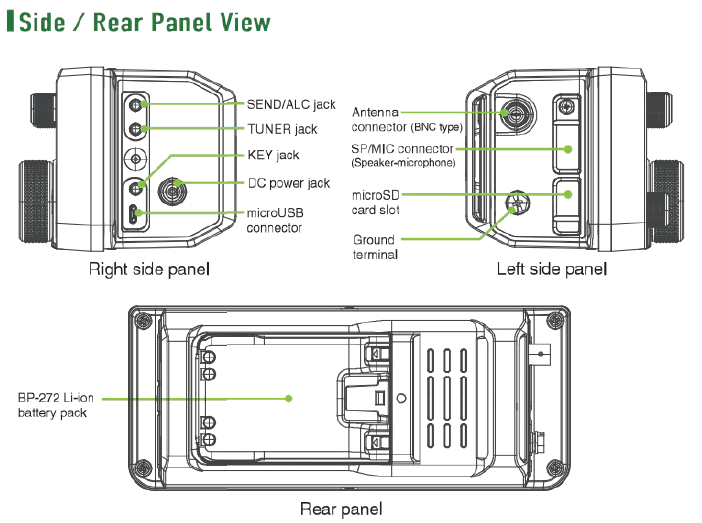
The Icom IC-705 is powered by the same BP-272 Li-Ion 7.4V/2000mAh battery used in the ID-31 and ID-51. The radio achieves 5W output on it (although operation time is relatively limited) but can output 10W (and recharge internal battery) on an external 13.8V supply. Output setting down to 0.5W is available.
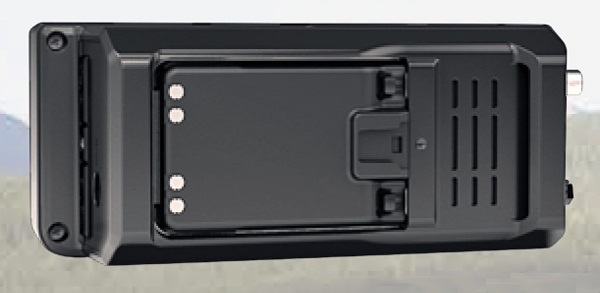
The coverage is impressive, this being a “DC-to-daylight” class radio: continuous receive from 30kHz to 144MHz + 70cm band. All modes are supported, SSB / CW / RTTY / AM / FM / DV (D-STAR) and the European version will include support for the 4m band.
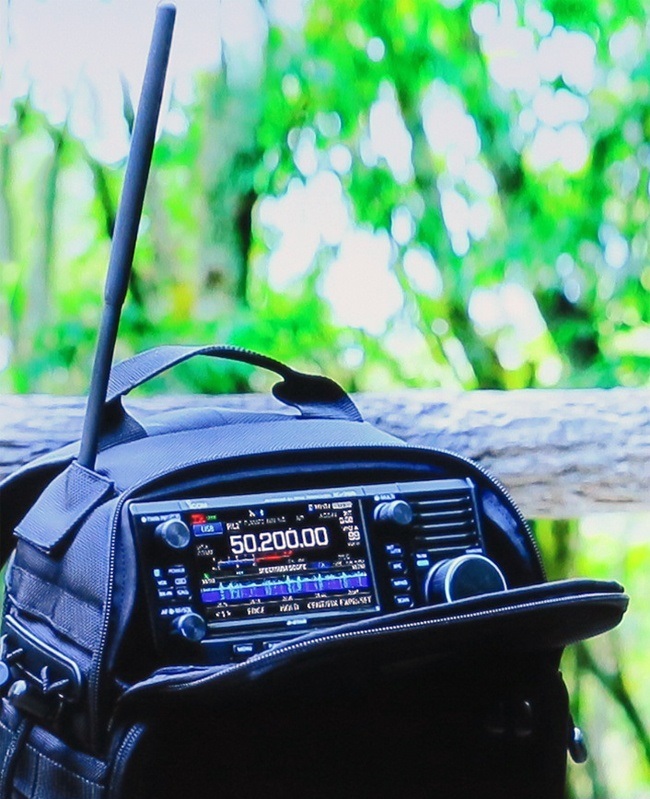
The system architecture is direct-sampling SDR below 25MHz and down-conversion IF sampling for frequencies of 25MHz and above. This is obviously the biggest differentiator in this class, while competitors such as Elecraft KX3 & KX2 / Xiegu X5105 / Yaesu FT-817 & FT-818 use older inferior technology. As we learned from the Icom IC-7300 a few years back, the mix of performance, features and affordability brought by direct-sampling SDR is a sure bet.
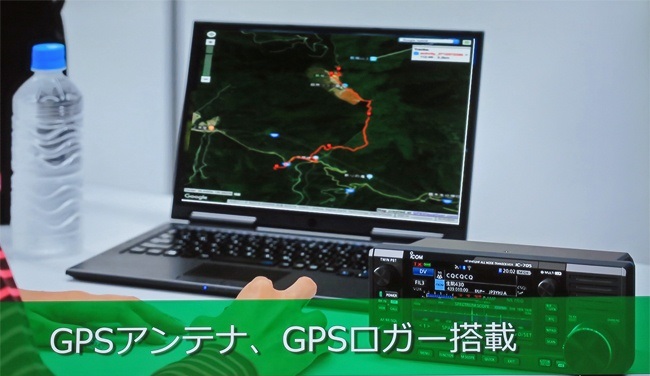
Well, I’m pretty sure you’re already amazed by now, but hold on to your seats, because this is getting even better. The Icom IC-705 includes an USB port, SD card, Bluetooth, Wireless LAN and GPS ! It uses the GPS information to automatically find nearby D-STAR repeaters or log GPS tracks. Bluetooth and Wlan are used for remote control and Bluetooth is also used for wireless headphones.

A custom carry bag is also available (LC-192 Multibag) that allows us outdoors buffs to operate the radio without taking it out, with nice holes for the antenna and microphone cable and a few useful pockets for accessories. The HM-243 mic and the VHF/UHF antenna are included with the radio, by the way.
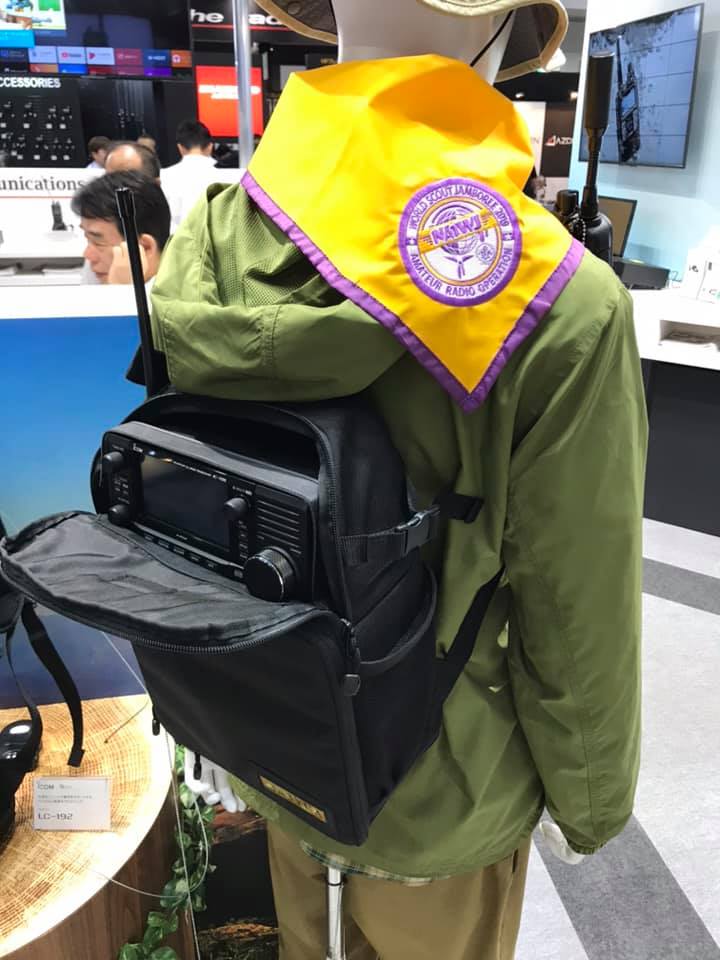
And talking about the antenna, it uses a BNC connector so you won’t have to change your cables when you sell your Elecraft KX3 to buy this. An internal antenna tuner is NOT included.
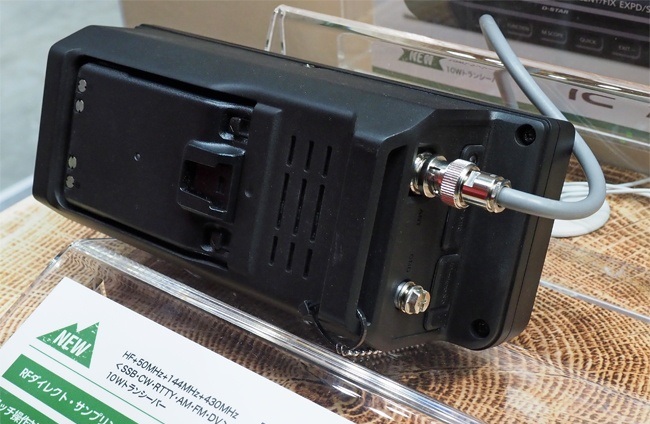
The Icom IC-705 is expected to be available around March 2020. No word yet on price, but the sub-US$1000 mark shouldn’t be too hard to hit.
PS: This is how the size compares to the Elecraft KX3:
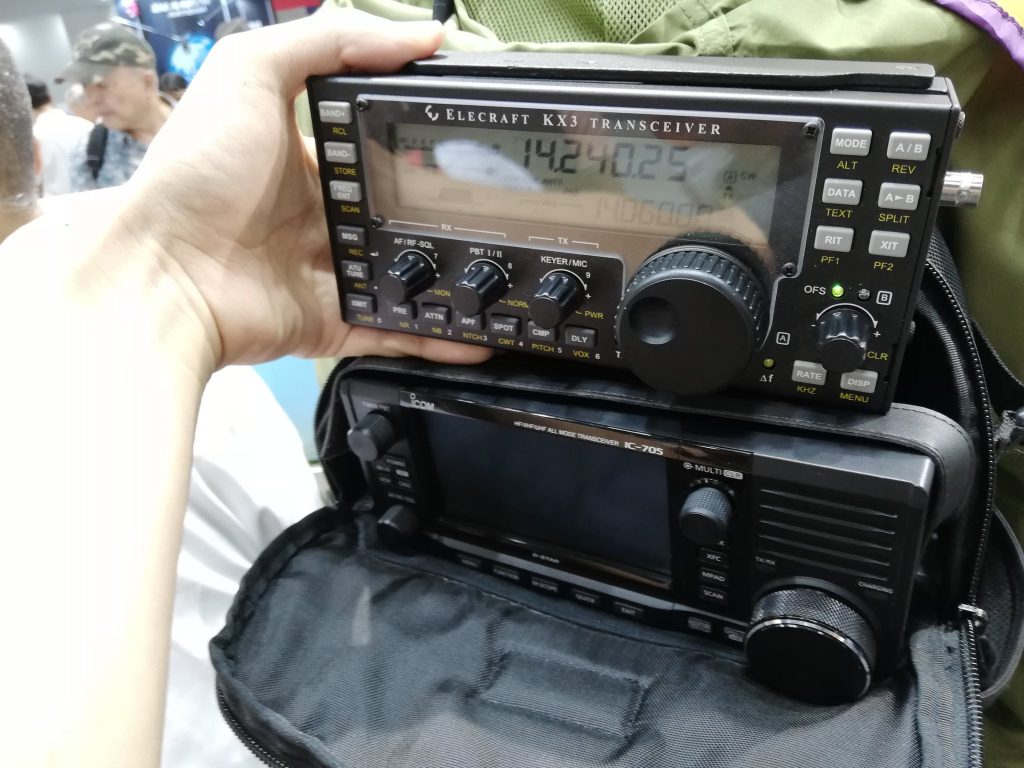
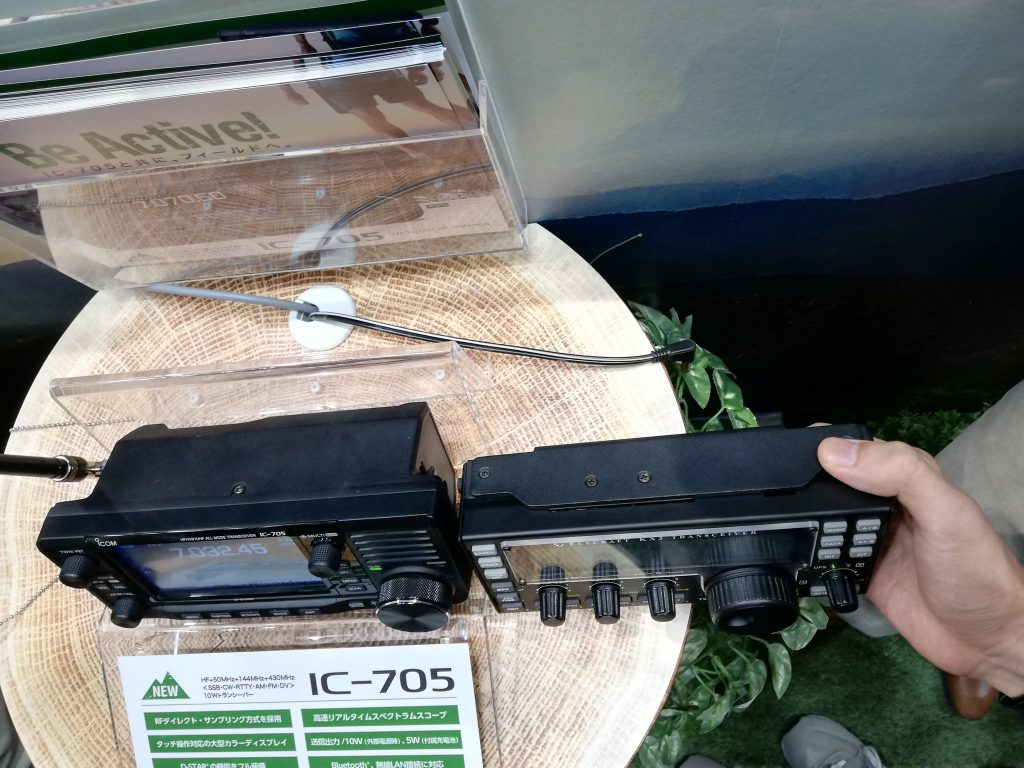

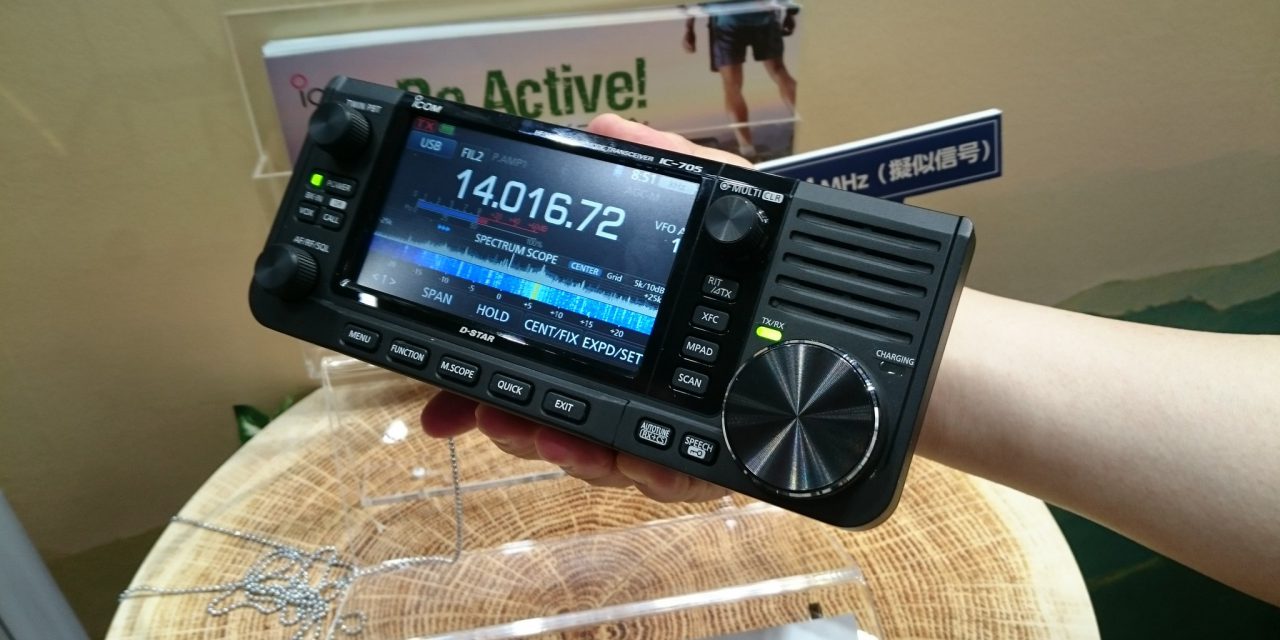
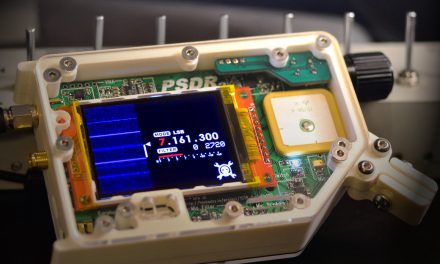
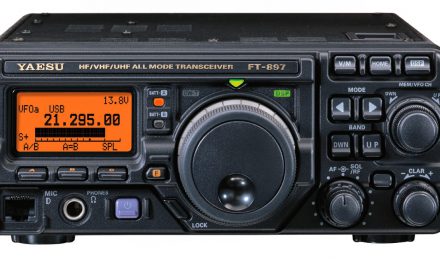
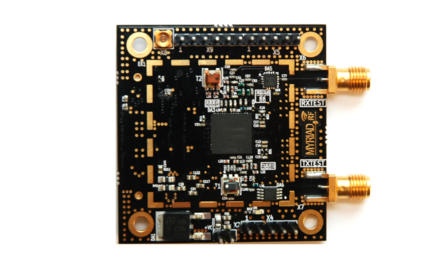
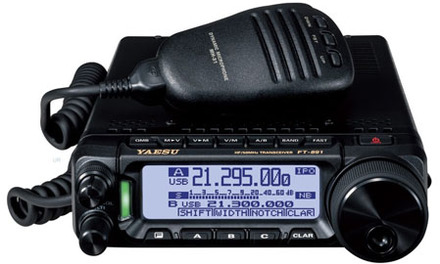
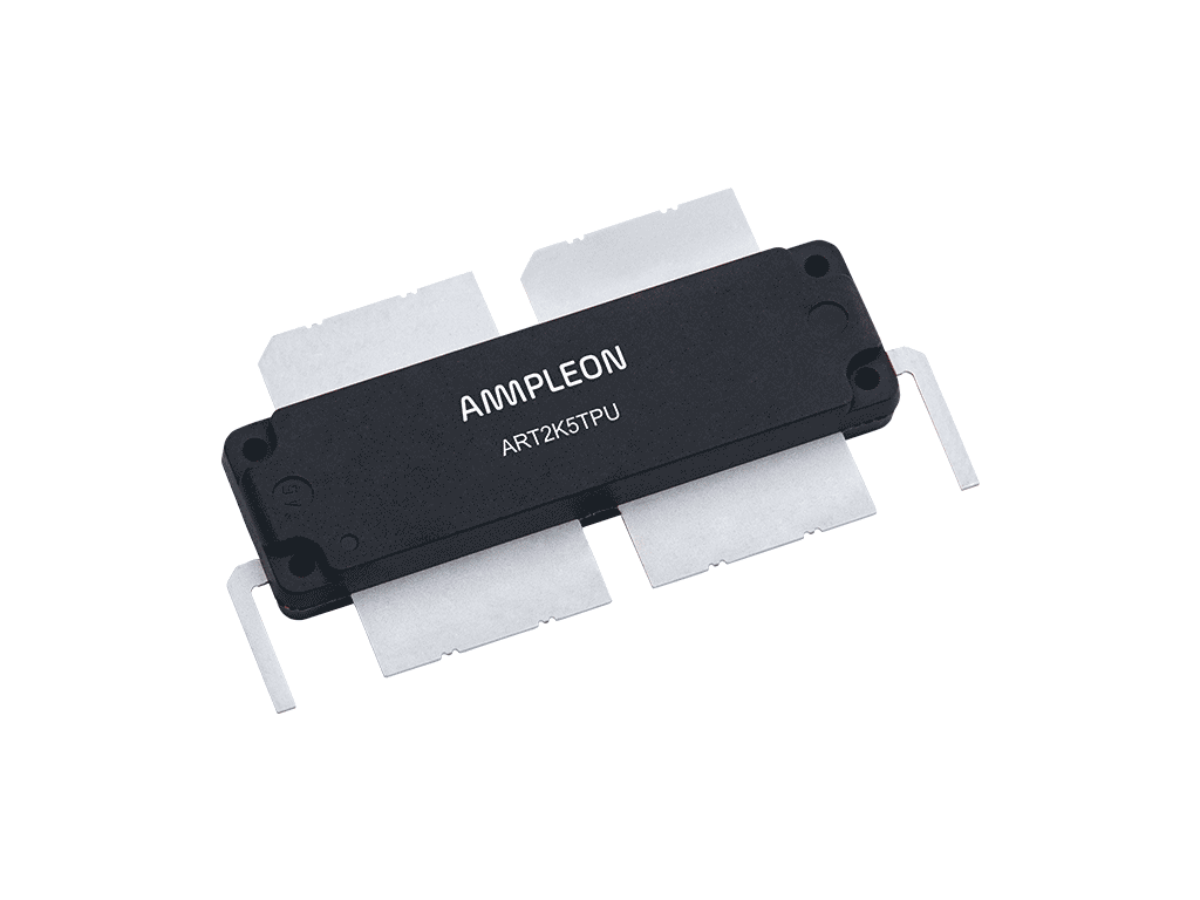
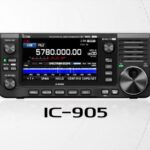
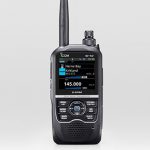
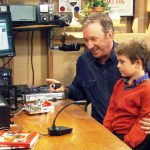
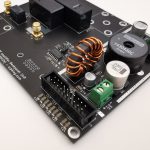
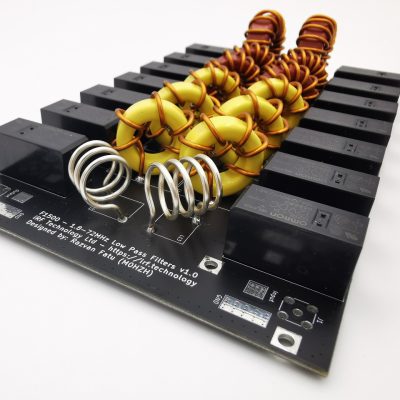
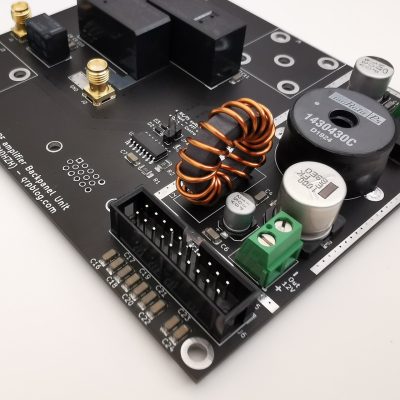
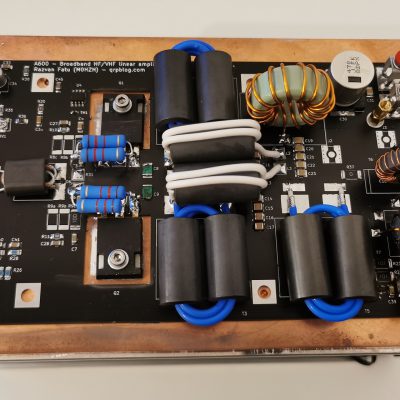
internal ATU and external display it was perfect for me; waiting for the price..
It does NOT have a build in ATU ! There is a port on the side so you can interface an external ATU, but NO INTERNAL ATU !
No internal atu colour screen will eat battery power I reckon it will be around £1000 pounds in UK .
So when you factor in having to buy a atu cables external battery etc it could make it quite expensive
Would have better to dump dstar and the colour screen to save battery power bells and whistles are not needed out in the field.
An internal auto-ATU would be better, but overall it would suit me fine, at the right price. When will it be available in the UK?
Nice, despite being an ICOM addict, IC7600 and IC7300 owner, for now I‘ll stick with my Kx2 and carry the additional FT3D.
In other words. Migjt be solid work, but it‘s not THAT impressive.
“competitors such as Elecraft KX3 & KX2 / Xiegu X5105 / Yaesu FT-817 & FT-818 use older inferior technology.”
If the technology is inferior, why does the KX3 receiver score so much better in sherwood engineering’s receiver rankings than the IC703? Despite having much lower receive current drain? (important for portable operation).
Direct sampling SDR is all the rage right now but in fact, direct conversation SDR (KX3) and even superhet (K3) both have their own set of unique advantages in some situations.
KX2 and KX3 use inferior technology ? NO WAY. Look at the Sherwood Engineering web page where they compare radios and see how high up on the charts the KX3 rates.
As much as the 705 is loaded with features, it has NO INTERNAL ATU and a poor choice for an internal battery.
How much receive current do you think the screen on the 705 is going to draw? The IC7300 draws 800 ma on receive. I bet the 705 will draw the same. The Elecrafts you refer to draw 150 ma on receive.
The IC705 is a very impressive radio and I’d love to have one, but no ATU is a deal breaker for me.
Barry
The Sherwood Engineering receiver comparisons rank the receiver’s ONLY in terms of their close in dynamic range (DR3 at 2kHz spacing). That’s only a single parameter of a dozen or so. If you want to operate in a Field Day situation all the time where you have multiple transmitters within a small radius, then you might do better with the KX3. On the other hand, all you need to do is place band pass filters in front of the IC-7300, or in this case, the IC-705, to get the same or even better close in dynamic range as the KX3 or K3S.
Could be very interesting for portable satellite work, but is it full-duplex?
Very good. Looks like a nice enough portable but I just don’t think that Icom, Kenwood, Yaesu or Elecraft get it when designing field gear. What we really need is a more rugged HF/VHF/UHF radio – and I mean military type ruggedness in a class such as that of the Harris Falcon III, Barrett, or Codan radios. And not so many big knobs sticking out – they tend to break easily. Also not so many jacks/wires poking out of the sides. Its too messy and won’t easily fit into a case with stuff plugged in. And a true field radio will have universal power input – it will operate from internal batteries, or accept an input from 10-30vdc, or 110/220vac. All in one box. With today’s power supply technology it can be done fairly easily and keep weight reasonable too. Lastly, dump the touch screens. While okay on your tablet or smart phone, they are a real pain and mistake magnet on a field radio. The US Navy just dumped all of its touch screen navigation controls on its vessels in favor of proven mechanical systems for the same reason.
So the ham radio which still comes closer to these goals in this class is the good old Yaesu FT-817/818.
I noticed the wording about an internal ATU is not included. So is it an option then?
Also, the one detail I’ve been trying to discover, is current draw on receive. The KX3 was around 130ma. It could run all day on a modest battery. The FT-817 draws around 300ma on receive. Still pretty good.
So I’m anxious to hear what the 705 draws with that big screen. My 7300 draws a whopping 1.2 amps on receive! Terrible for portable ops.
The IC-703 is also older technology. It’s a dual conversion superheterodyne receiver; upconversion to a 60 MHz first IF with a 15 KHz ceramic roofing filter, then down to a lower second IF with standard SSB and AM ceramic filters or an optional crystal filter. The IC-703 Plus adds DSP that improves selectivity, but the receiver’s dynamic range (especially close in) is still limited by the wide filter at the first IF. It’s not a bad receiver overall, but it wasn’t designed for current day contest-grade standards of performance.
Direct down conversion has some real advantages, including a lack of image responses and the theoretical ability to receive the entire HF spectrum simultaneously. (That would take a LOT of processing power.) But the question of DDC versus a quadrature sampling detector (QSD), as used in the KX2 and KX3, earlier FlexRadio rigs, and the SoftRock series is not so cut and dried. A downside of DDC is that an analog to digital converter (ADC) with a sample rate high enough to cover the HF spectrum and high dynamic range is a costly and power-hungry component. DDC may not be an ideal fit for a portable radio; the receive power consumption of the IC-705 remains a major question mark. Also note that the IC-705 is only a pure DDC receiver up to 25 MHz, presumably due to limitations of the RF ADC; it uses downconversion on higher frequency bands. In contrast, the KX3 is a pure direct conversion QSD receiver all the way up to 6 meters. Going down to lower price points, there would be no way to match the performance of the upcoming QSX with a DDC design in 2019.
There is more than one way to skin the high performance cat. The top ten receivers in the Sherwood Engineering list include DDC (FTdx-101D, FlexRadio 6700, IC-R8600), QSD (KX3), single conversion plus low-IF DSP (K3S, K3 with synthesizer update, Hilberling PT-8000A, TS-890S), and multiple conversion (IC-7851) designs. Sherwood Engineering has not yet tested any Airspy receivers; I’m curious to see how the HF+ Discovery would compare.
No picture comparison to the KX2. I can imagine a way to ‘turn the grapics down’ for power consumption. ATU for portable is almost a requirement. Paired with a HR-50 (with internal ATU) might be a ‘lugable’ option.
KC1LBL here. the 705 looks fantastic to me. SDR, exact frequency readout, and spectrum display in such a small box. Wow! Plus a host of other features similar to my 7300. Absolutely amazing. I’ll definitely buy one. ATU? Who cares. Even when I was a novice I was able to construct my own decently matched antenna. My goodness. Isn’t that part of the fun of ham radio? I never even use the ATU on my 7300.
I posted a very supportive comment about the IC-705, but later noticed that the comment disappeared. Was it removed? Why?
I will buy one hands down. I bought a IC7800 when it came out, I have 2 IC7300’s and a new IC9700 and many other ICOM rigs. I also have a KX3 and the battery thing is terrible. ICOM have always been an industry leader. ve4mm
My interest is mainly for it’s footprint. I have limited space for a base station, but if I need to add an external antenna tuner, then an amp, (I live in a condo, no outside antennas) I may as well get a full size transceiver. KD9NXQ
Anyone know if the ICOM AH-4 tuner will be supported by this?
I’ll keep my KX3 its smaller and includes a tuner and longer battery life and will run on cheap AA batteries as well. Icom you missed the target by a lot! Your just trying to ride on the design coat tails of the 7300 just like the 9700. Thanks but NO THANKS! Plus the KX3 does 15 watts NOT a measly 10W. Nice try but go back to the drawing board …
We want 2- Icom 705’s. Billy, you can add extra power if need be! But, we use solar panels and bioenno batteries in the field at around 7,000 feet in Wyoming. I have 2-5100’s in mobiles, 7100 in a tac-comm for base/mobile/portable use.
The higher weight 2.2 lbs compared to my 1.5 lb KX2 and what I anticipate to be higher power draw is a non starter for me. I am a SOTA activator and count grams on every piece of equipment. The integration of 2m is somewhat attractive but with no APRS – my Yaesu VX8GSR will be able to send out spots to a cluster when there is no cell coverage. This is important capability for SOTA activators. The KX2 Li-ion battery has higher capacity 2600 Ah. 160m is of very limited use for portable operations.
Ariel,
I am a hiker, so weight is important. I am new to all this newer radio design format. For backpacking in northern US, what system do
you find best for packing ( regretfully- not up yet as a code user). ?
Love all the hype, I can work the world in the right location with a reasonable antenna under good conditions with a radio that’s 20 years plus old, please guys think how many will want to spout out they have a new rig, but the fact is this if you have time to go out qrp portable and the funds for toys fair play to you, but until you tell someone you are in contact with what rig your operating no-one will know the difference.
Eye candy maybe, but really cw does not need a screen and digimodes you can run on a headless Pi with any proper qrp rig for far less money and not be worried if you drop it etc, weather damage.
Hope to hear you guys out portable soon whatever your running.
Versatility is the reason to buy. ALL BAND/all mode with DStar, wifi, bluetooth (VS-3), GPS and image transfer. The IC705 is worth it just for the receiver, me thinks!